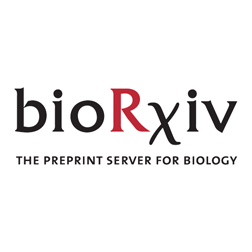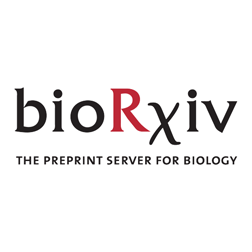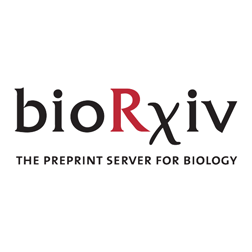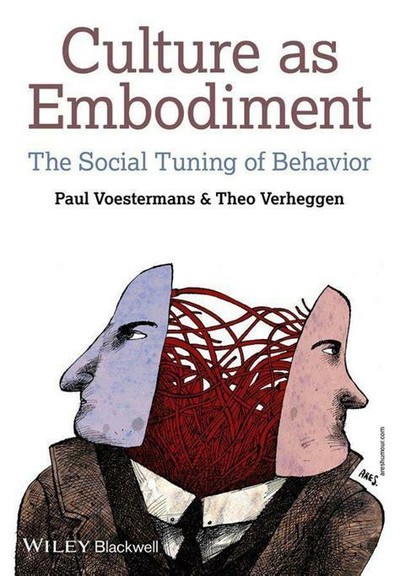Apparently, #ChatGPT is now acting strange... but are its users to blame? https://mindsconnected.tech/index.php?showtopic=1104&view=getnewpost #ai #chatbot #openai #behaviour #concern #tech
Recent searches
Search options
#behaviour
I realized recently, I'm a small minority of people who don't smile in #photos.
My reason is this. Most of the time I don't smile as I go about my daily life, just as I don't cry or grimace.
Most of the time I have a calm relaxed straight face, or so I've observed in the mirror, therefore that seems like the most honest presentation of myself.
I saw a lot of psychological #theories ranging from #shyness to #assertiveness, but I didn't see any mentioning my case.
I've asked a few people why they don't smile and the most common reason I heard was they simply preferred a straight face over a made-up #smile that would probably look false.
I didn't see this one mentioned in the #psychology pages either. I sometimes wonder if #psychologists, much like the rest of us, want to tell an interesting story.
I understand that. The two reasons I cited are hardly going to grab people's interest in #books or #magazines.
#Attitude - #Behaviour - #Gap
Quasi #Synonym für #Inkompetenz, ohne #negative #Konnotation von #Schuld bzw. #Zurechnung von #Unvermögen.
#Synonyme: #Handlungskluft, #Umsetzungsdefizit, #Implementierungslücke, #Handlungsbarriere, #Umsetzungshemmnis, #Realisierungsbarriere
https://doi.org/10.1515/tw-2022-0007
#Eitzenberger, et al. - #Innovationen während der #Corona #Krise durch #externe #Interventionen in #Tourismusbetrieben, #Zeitschrift für #Tourismuswissenschaft, vol. 15, no. 1, 2023, pp. 78-99
"Transmembrane channel-like proteins regulate crop size and contraction dynamics during Drosophila feeding"
https://www.biorxiv.org/content/10.1101/2025.04.07.647529v1?rss=1
#Drosophila #Behaviour #Sensory
Culture as Embodiment: The Social Tuning of Behavior by Paul Voestermans & Theo Verheggen, 2013
Culture as Embodiment utilizes recent insights in psychology, cognitive, and affective science to reveal the cultural patterning of behavior in group-related practices.
"A heart releasing neuropeptide that synchronizes brain-heart regulation during courtship behavior"
https://www.biorxiv.org/content/10.1101/2025.03.31.646145v1?rss=1
#InternalState
#Drosophila #Behaviour

"Intestinal control of feeding initiation in Drosophila melanogaster"
https://www.biorxiv.org/content/10.1101/2025.03.31.646269v1?rss=1
#DrosophilaMelanogaster
#Drosophila #Behaviour #Adult
#Sleep

"Characterization Eclosion Hormone Receptor function reveals differential hormonal control of ecdysis during Drosophila development."
https://www.biorxiv.org/content/10.1101/2025.04.03.646974v1?rss=1
#Drosophila #Behaviour

Cool paper to automatize at least part of the manual coding of behaviours:
#YOLO-#Behaviour: a simple, flexible framework to automatically quantify animal behaviours from #videos
#MethodsInEcologyAndEvolution
@MethodsEcolEvol
https://besjournals.onlinelibrary.wiley.com/doi/full/10.1111/2041-210X.14502
No, I did not 'run in the wash'!! Galah (Eolophus roseicapilla) and King Parrot (Alisterus scapularis) establishing pecking order #AlphabetChallenge #WeekMForMulticoloured #photography #birds #wild #nature #feeding #behaviour #EastCoastKin #PhotographersUnited
"Hsp90 buffers behavioral plasticity by regulating Pdf transcription in clock neurons of Drosophila melanogaster"
https://www.biorxiv.org/content/10.1101/2025.03.26.645458v1?rss=1
#DrosophilaMelanogaster
#Drosophila #Circadian
#Behaviour
26-Mar-2025
How #elephants plan their journeys: New study reveals energy-saving strategies
new paper from #Oxford legend Fritz Vollrath
https://www.eurekalert.org/news-releases/1077588 #science #zoology #behaviour #ecology #navigation

"Polyploidy promotes transformation of epithelial cells into non-professional phagocytes"
https://www.biorxiv.org/content/10.1101/2025.03.24.645044v1?rss=1
#Drosophila #Behaviour

"Goal learning, memory, and drift in the Drosophila head direction system"
https://www.biorxiv.org/content/10.1101/2025.03.20.644317v1?rss=1
#Drosophila #Behaviour

"Multimodal social context modulates behavior in larval Drosophila"
https://www.biorxiv.org/content/10.1101/2025.03.24.644986v1?rss=1
#Drosophila #Behaviour #Sensory
#Larva

Maxwell Martin said she expected #Labour government “to understand that #fining vulnerable parents is #cruel, #idiotic, & they don’t.
The actor said compassion was leaching out of #schools
There’s no point in banging on about #behaviour & behaviour tsars. You can’t #teach #children to behave better by making them feel shit. It doesn’t work
We need to meet their needs. We need to make them feel they have worth.”
"An entropic measure of diverse specialisation highlights multifunctional neurons in annotated connectomes"
https://www.biorxiv.org/content/10.1101/2025.03.19.644231v1?rss=1
#DrosophilaMelanogaster
#Sensorimotor
#Drosophila #Behaviour
"Conserved molecular signatures of hygrosensory neurons in two dipteran species"
https://www.biorxiv.org/content/10.1101/2025.03.17.643622v1?rss=1
#DrosophilaMelanogaster
#Evolution
#Drosophila #Behaviour #Sensory





